(ECNS) -- Humanoid robots are now rapidly transitioning from futuristic concepts to reality in China.
On February 12, Hangzhou-based Unitree Robotics launched two humanoid robots—Unitree H1 and Unitree G1—for sale on JD.com, one of China's largest e-commerce platforms. Both models sold out almost immediately after release.
Can humanoid robots become household staples? Currently, pricing remains a key barrier to mass adoption. But Unitree G1's price tag of 99,000 yuan ($13,800) already reflects strong consumer interest.
As technology advances and production scales up, prices are expected to drop significantly. Industry experts predict that quadruped robots could eventually cost as little as 3,000–4,000 yuan, making them accessible to everyday consumers.

Similarly, humanoid robots may need to be priced at several thousand yuan for mass-market adoption.
Although humanoid robots are not yet ready for widespread household use, improved technology and lower costs will accelerate their integration into daily life over the next few years.
Meanwhile, humanoid robots are already making an impact in industrial settings. Companies such as Tesla (Optimus) and UBTECH (Walker S) have deployed humanoid robots in automotive factories for transportation, quality inspection, and other repetitive tasks.
A report by Guotai Junan Securities suggests that as AI technology and hardware continue to improve, humanoid robots are on the brink of large-scale commercialization — making 2025 a potential breakthrough year for mass production.
Beyond direct purchases, humanoid robots are also gaining traction in the rental market. On social media, e-commerce, and second-hand platforms, daily rental rates for humanoid robots range from 1,000 yuan to 15,000 yuan, depending on the model and function.
Unitree's G1 humanoid robot is currently the most rented model, with most listings pricing it at 15,000 yuan per day. It is commonly used for business events, exhibitions, and performances.
According to customer service representatives, rental packages include transportation, setup, and on-site technical support, ensuring a seamless experience for businesses looking to incorporate robots into their operations.
As demand surges and AI-driven robotics advance, humanoid robots are steadily moving from factories and exhibitions to households — bringing the world one step closer to a robot-assisted future.








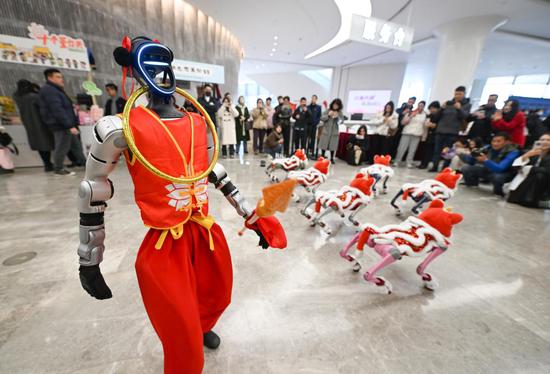









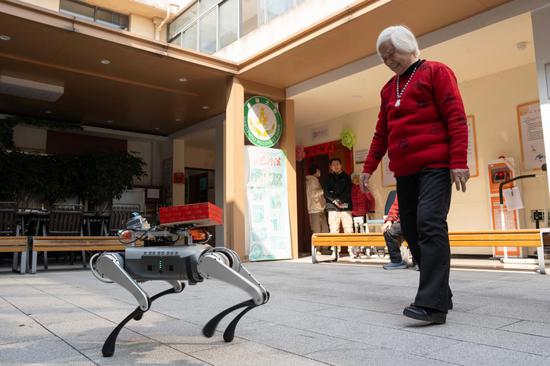



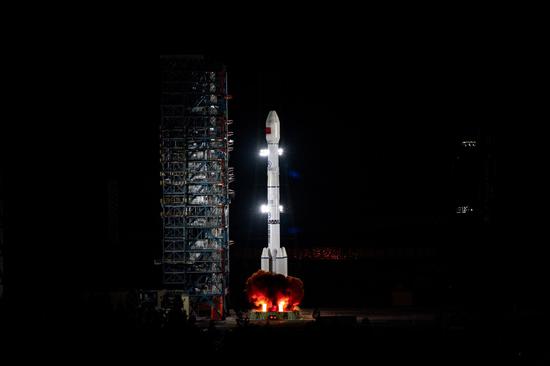
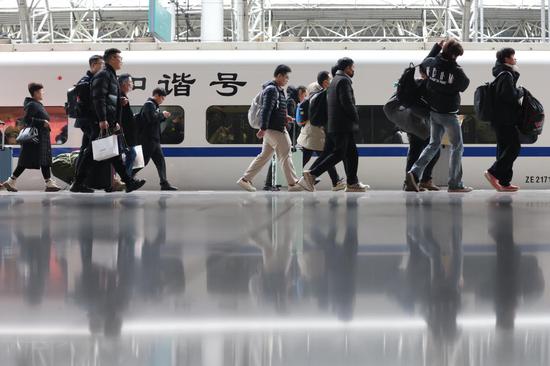



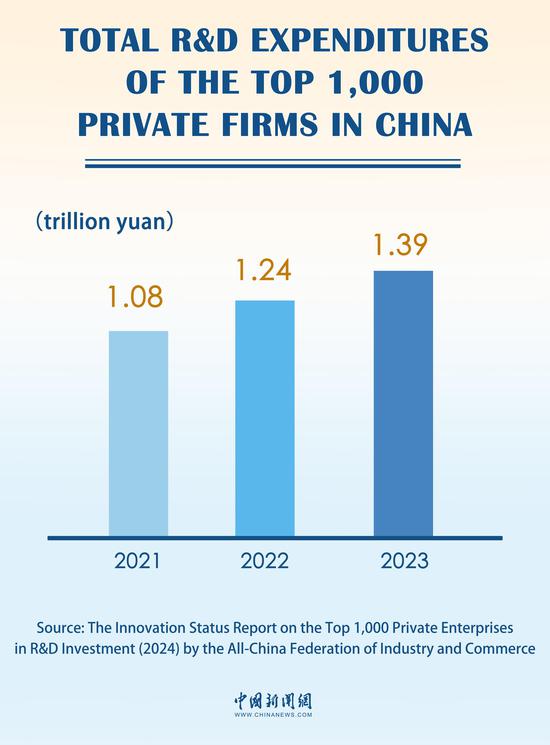

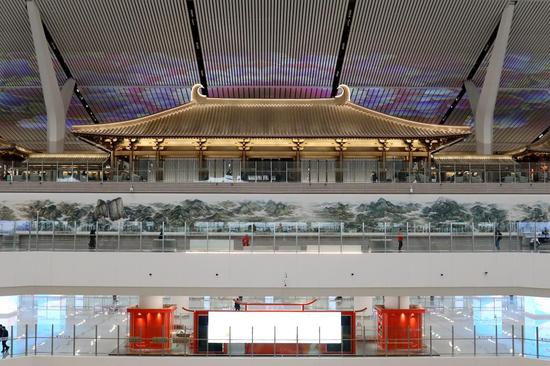

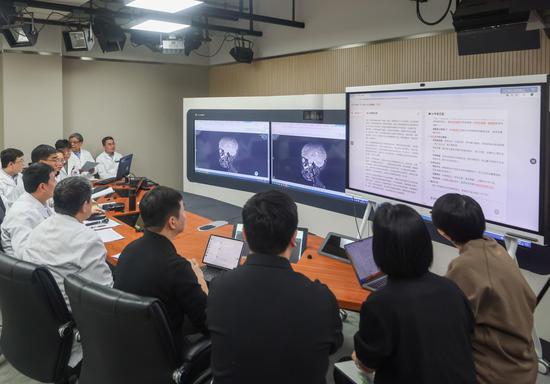



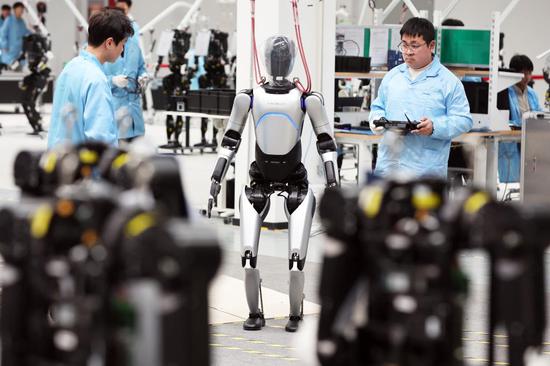














 京公網安備 11010202009201號
京公網安備 11010202009201號